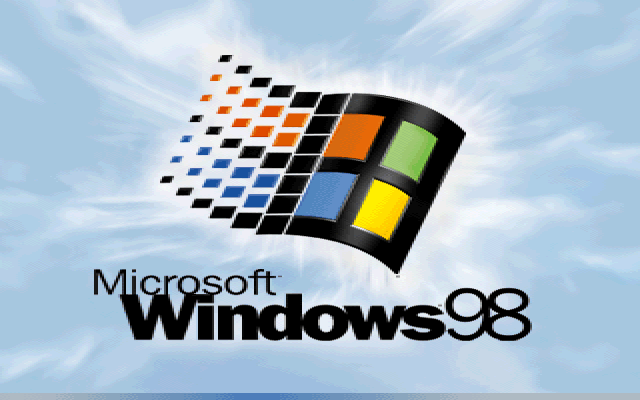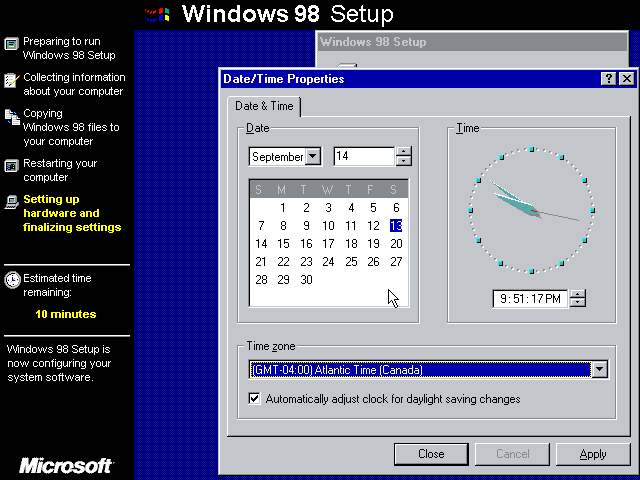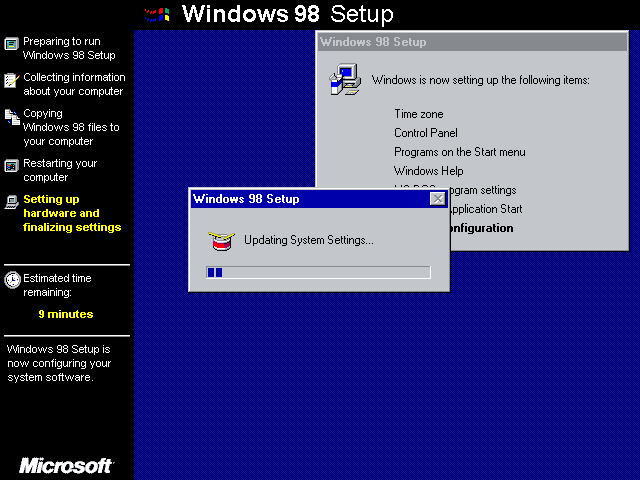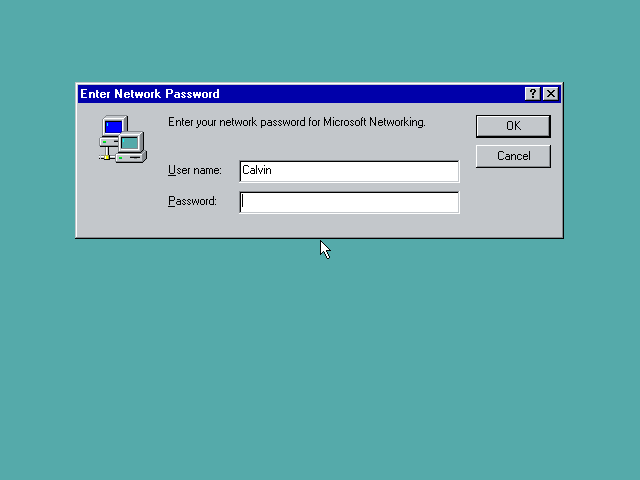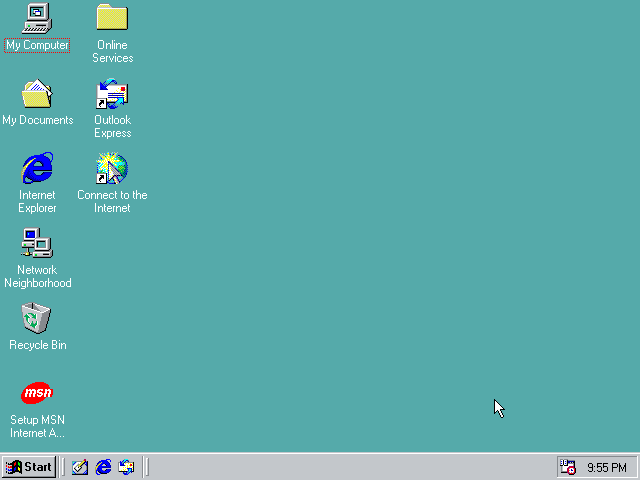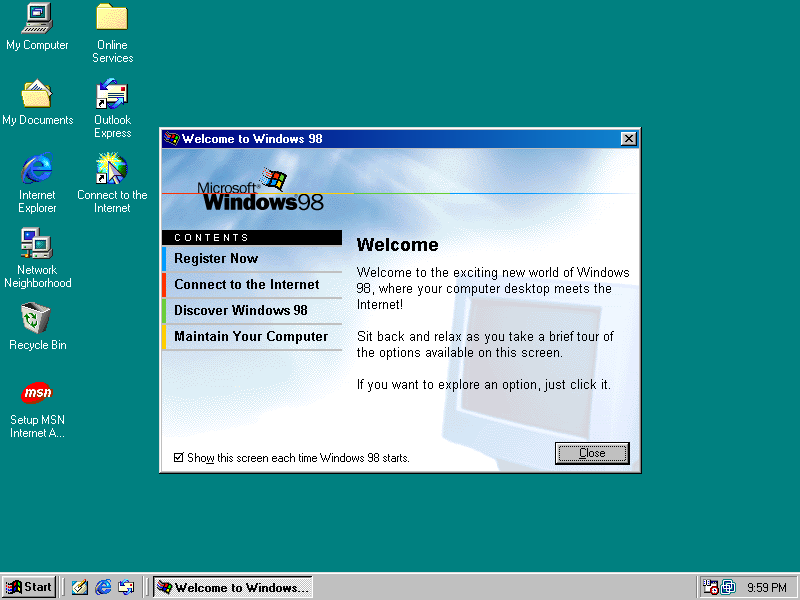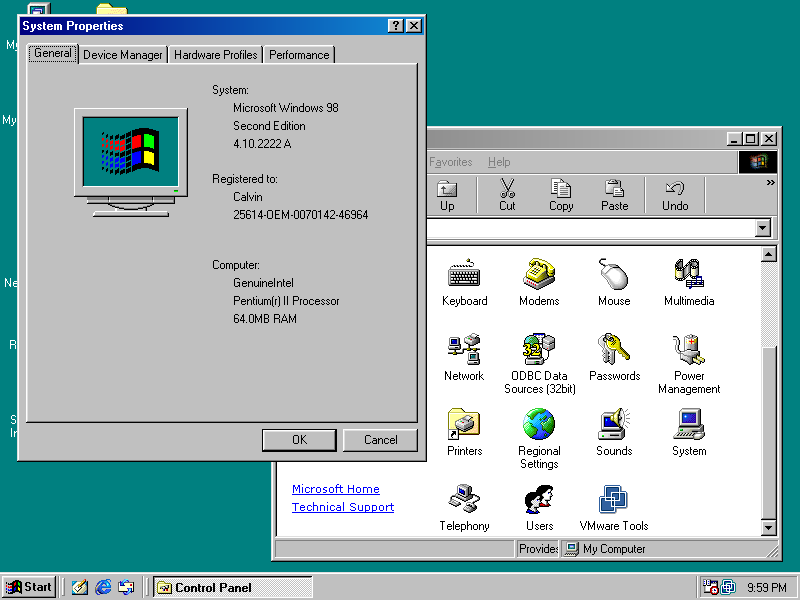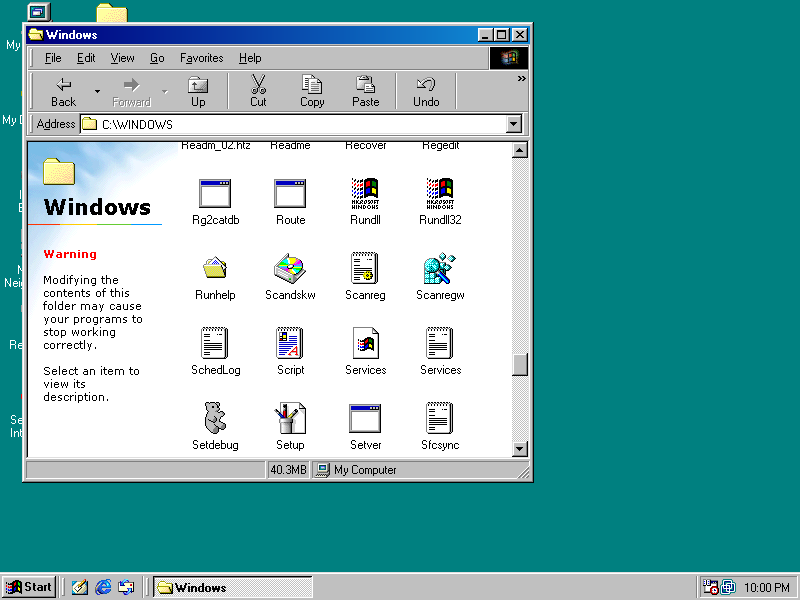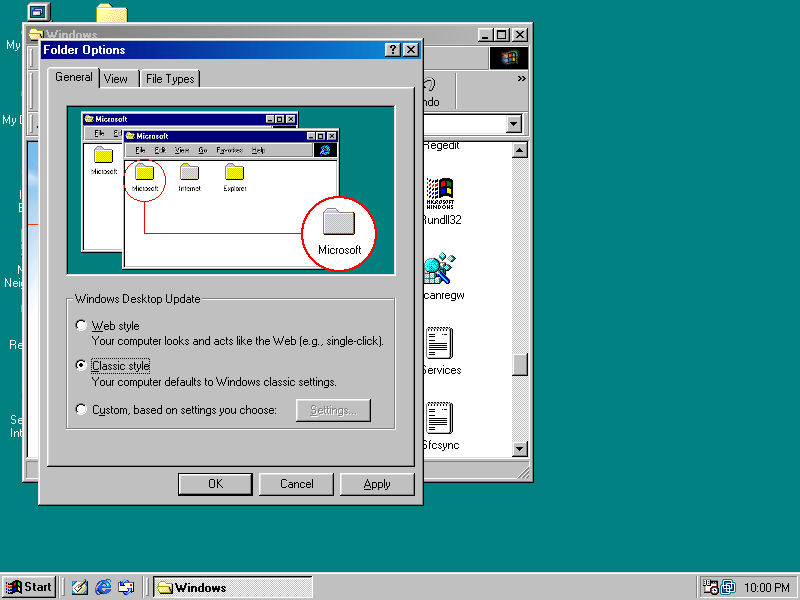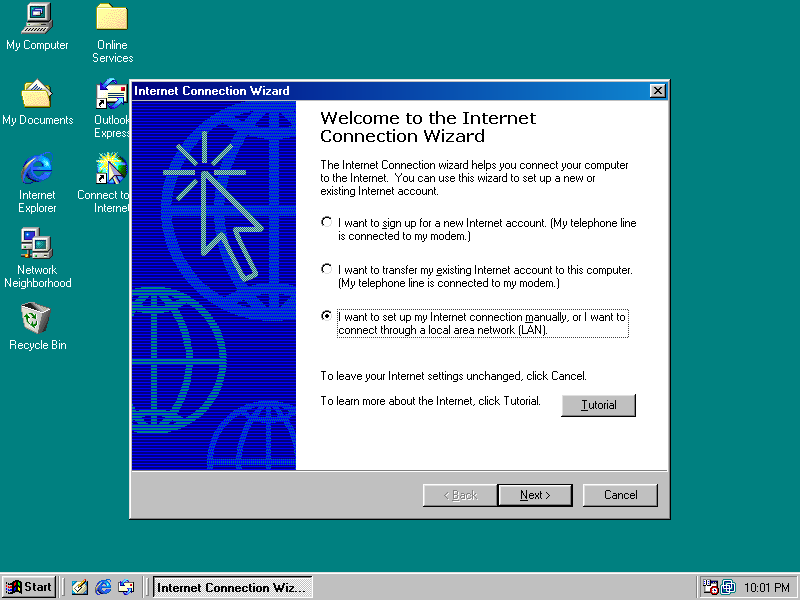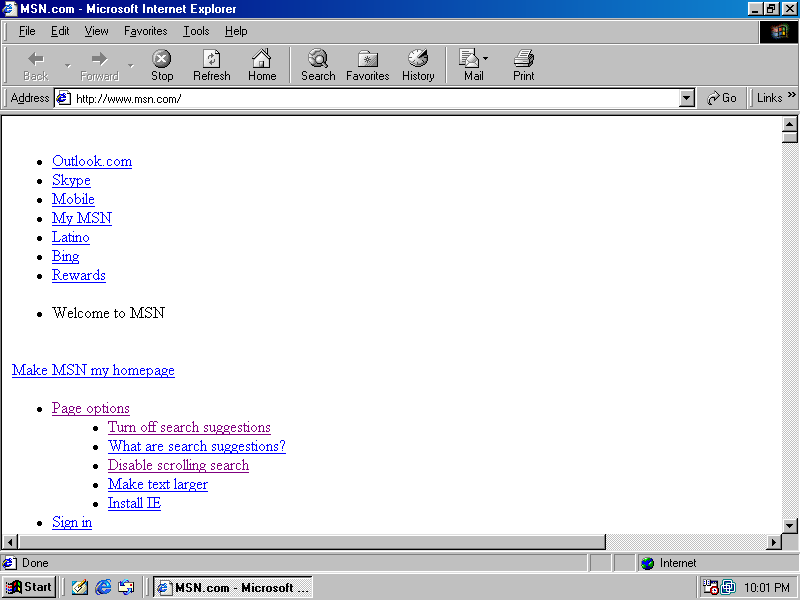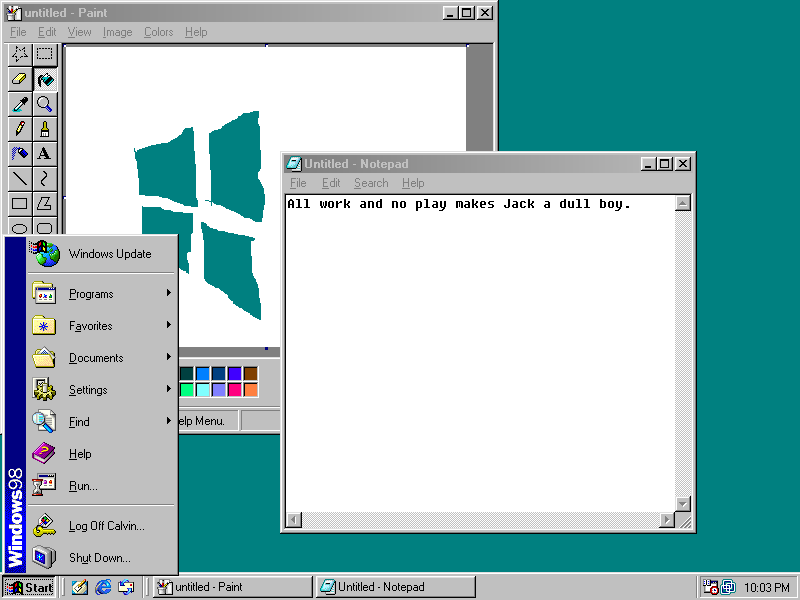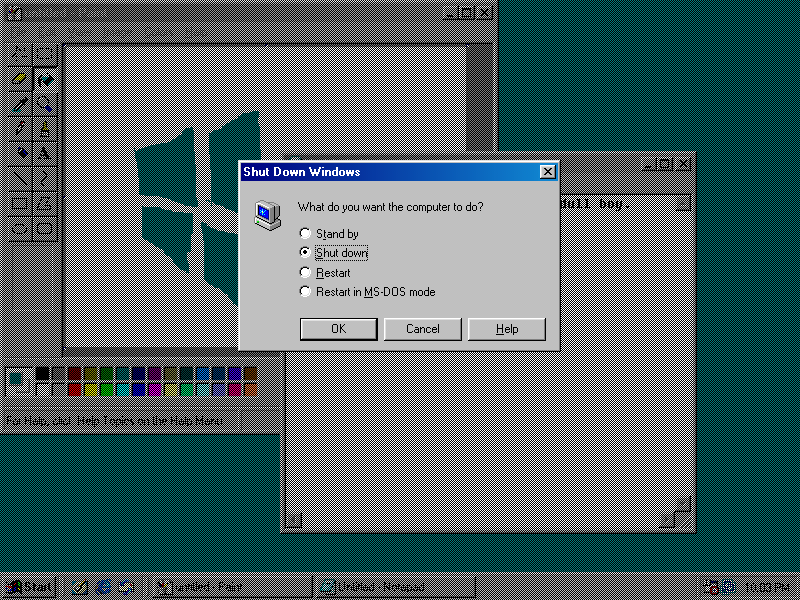Windows 98 Second Edition
Windows 98 is a continuation of the Windows 95 product. The major change is an insanely heavy focus on web integration. The help system, many applications, and even the desktop are redesigned to make use of Internet Explorer. Windows 98 runs on top of the same "MS-DOS 7.1" with FAT32 support as Windows 95 OSR2, and it includes support for USB. Windows 98 had two major releases - a First Edition and a Second Edition. It was followed up by Windows ME.
If a download does not include a boot disk, please see Microsoft Windows Boot Disks
If the listed serials below do not work for a specific release, please see the Serials thread
Other Windows Versions:
| 1.0 | 2.x | 3.x | NT 3.x | 95 | NT 4.0 | 98 | 2000 | ME | All |
Screenshots
Release notes
Windows 98 Second Edition is an update to the original Windows 98 that includes improved modem and sound/audio card support through the Windows Driver Model, improved USB support, Wake on LAN support, FireWire DV camcorder support, and SBP-2 Mass Storage device support. Internet Explorer 4.0 was also upgraded to 5.0 and Internet Connection Sharing made its debut. DirectX 6.1 was also included with DirectSound improvements. Windows Media Player 6.2 was also shipped replacing the old classic Windows 3.x/95 "Media Player" that originated with the Windows 3.0 MMC Extensions.
Windows 98 Second Edition can be updated with the Microsoft .NET framework version 1.0, 1,1 and 2.0. The Visual C++ 2005 runtime is the last to carry Windows 98 support. The last version of Internet Explorer that can be installed on 98 SE is 6.0. Other available upgradeable components include DirectX 9.0c, Windows Installer 2.0, GDI+ redistributable, Remote Desktop Connection (XP 5.1), and Text Services Framework. The last version of Microsoft Office capable of running on Windows 98 is Office XP.
Installation instructions
Hardware requirements can be bypassed in the setup with the undocumented /nm setup switch. This will allow systems as old as the 80386 with 8MB of RAM to run Windows 98 (although this will be far from optimal)
Important: Only the OEM Full version is bootable. All others require an appropriate Windows 98 Boot Floppy.
Note: VMWare and VirtualBox can be problematic with Windows 9x. You may need to disable various acceleration features first, or consider emulators like x86Box or PCem.
To speed up installation, and to avoid numerous problems, copy the win98 folder to a folder on the hard drive (such as c:\win98) and then run setup from there.
Wanted: Floppy version
Information
Serials
- RW9MG-QR4G3-2WRR9-TG7BH-33GXB
- RC7JH-VTKHG-RVKWJ-HBC3T-FWGBG
